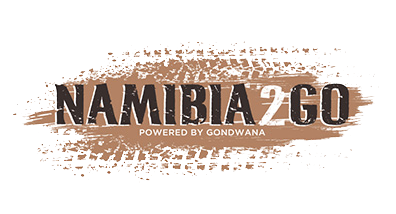Make a stop when travelling in north-eastern Namibia to try this delicious wild fruit.
The bright-orange, hard-skinned ‘Monkey Oranges’ (Strychnos cocculoides) have an unusual consistency and appearance, tantalising taste buds with their exotic tropical flavour.
Also known as maguni (in Rukwangali) and omauni (in Oshikwanyama), the corky-bark monkey orange fruit when cracked open has segments under the outer shell with large seeds embedded in a sweet brown flesh. Some of the species in this genus have the poison strychnine in their seeds, hence the scientific name ‘Strychnos,’ so it’s wise to eat only the flesh and to spit out the seeds. You’ll be amazed to find that, despite its appearance, it tastes remarkably like fruit salad.












.png)

SUBMIT YOUR COMMENT